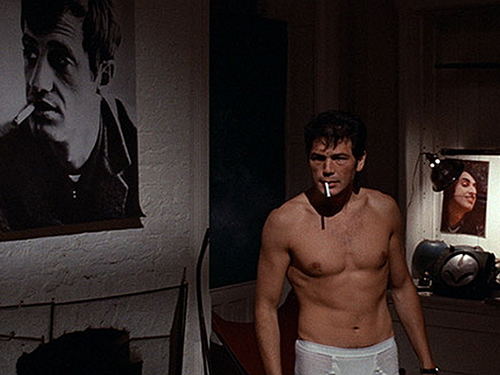
“‘When I was in Vietnam with Jane Fonda,’ Wexler has recalled, ‘I was filming a farmer walking through a field when, all of a sudden, he stepped on a land mine. Two Vietnamese guys ran out there to help him, and I ran after them to shoot the scene of them bringing this guy in, his legs all bloody. The whole time, I had two overwhelming feelings. One was ‘I got a great shot!’ and the other was to put my camera down and help the farmer. In the end, I carried on filming, even though I couldn’t even see what I was shooting because I was crying so hard. I have thought about that moment many times, about the question of when you have to put the camera down, when to stop observing and get involved.’ These issues were already on Wexler’s mind during the production of Medium Cool, and they resonate deeply with the film’s central questions: When one is tasked with representing a subject, what kinds of obligations does one have to that subject? When is intervention appropriate, even necessary? Such ethical prompts are immediately apparent in the film’s opening scene, which features John hunched over the body of a barely living car crash victim, filming her for the evening news. His soundman, frustrated by the horn blaring from the wrecked vehicle, cuts it so as to better record the woman’s last gasps. Money shot in the can, the two men walk away and pack up their equipment. John makes a blithe suggestion: ‘Better call an ambulance.’”
Thomas Beard1
- 1Thomas Beard, “Medium Cool: Preserving Disorder,” Criterion Current, May 21 2013.

